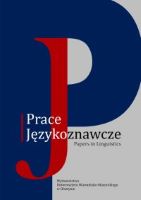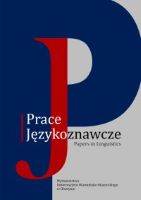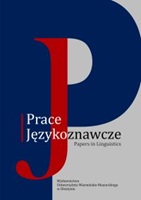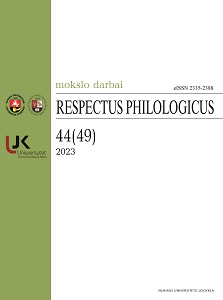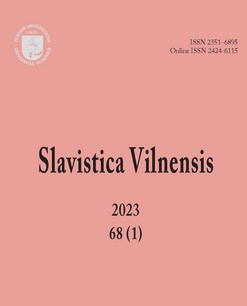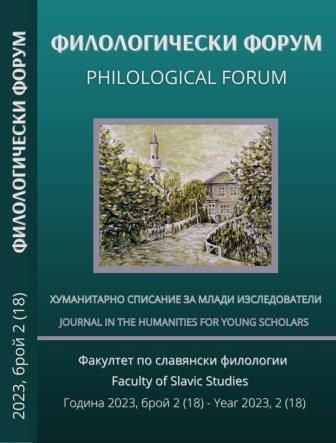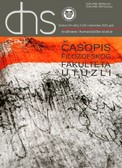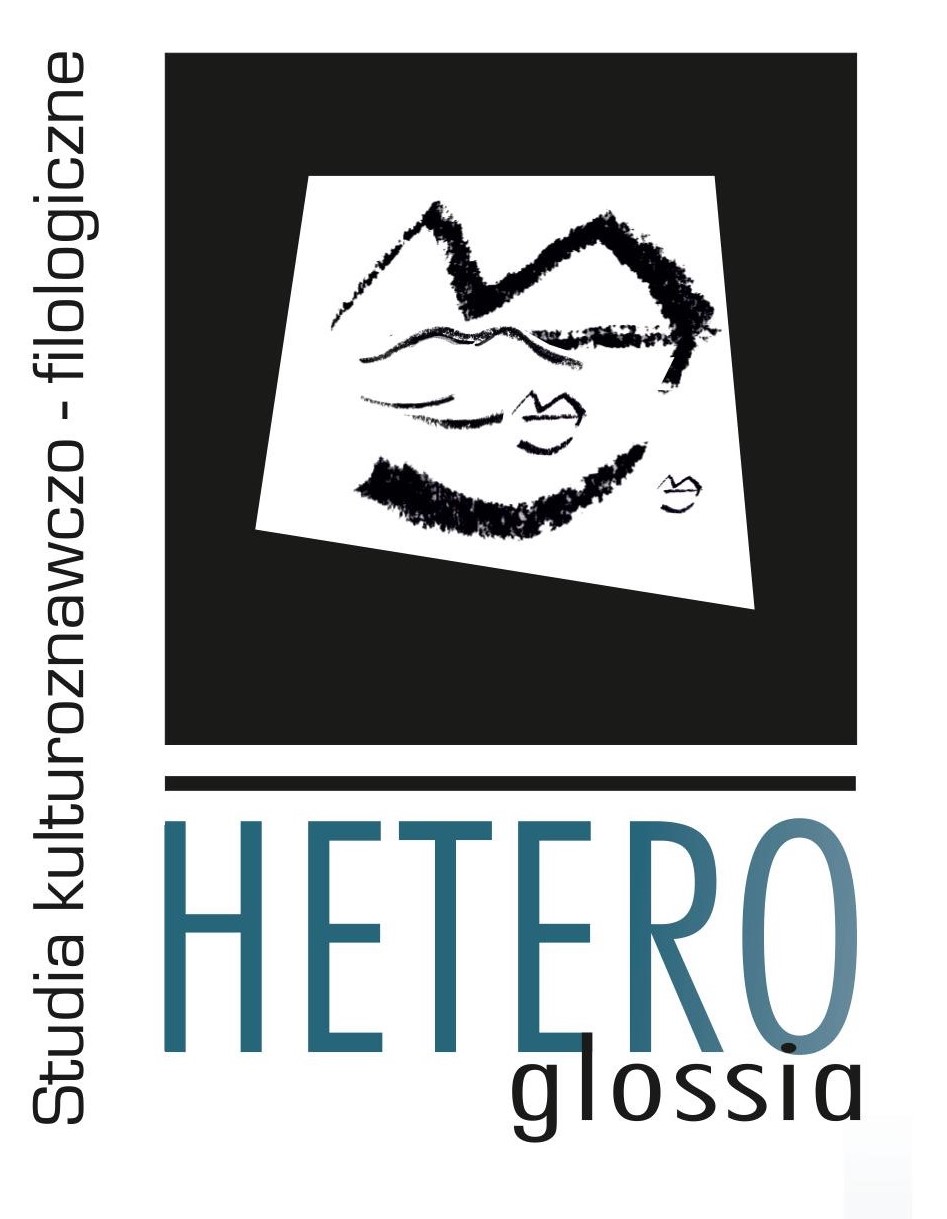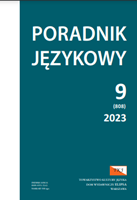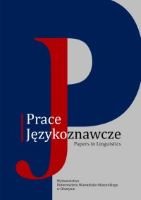
Profilowanie pojęć we współczesnym polskim dyskursie publicznym na przykładzie wybranych wartości kolektywnych
The article presents basic assumptions regarding the idea of profiling and shows the applicability of this method in research based on public discourse. Applying concept profiling is illustrated through reconstruction of specific images of society and nation. The concepts are defined as names of collective values because they function as certain ‘community complexes’ dependent on social, political, cultural, ethnic and economic factors, while their semantic structure is based on lexical dominants emphasizing the sense of community and unity. It is proved that in a certain type of discourse, a specific social subject is activated, represented by individuals, social groups, parties, institutions and organizations. The obtained research resources base is comprised of texts excerpted above all from large-circulation, opinion-forming newspapers and dailies representing diverse political affinities.
More...
